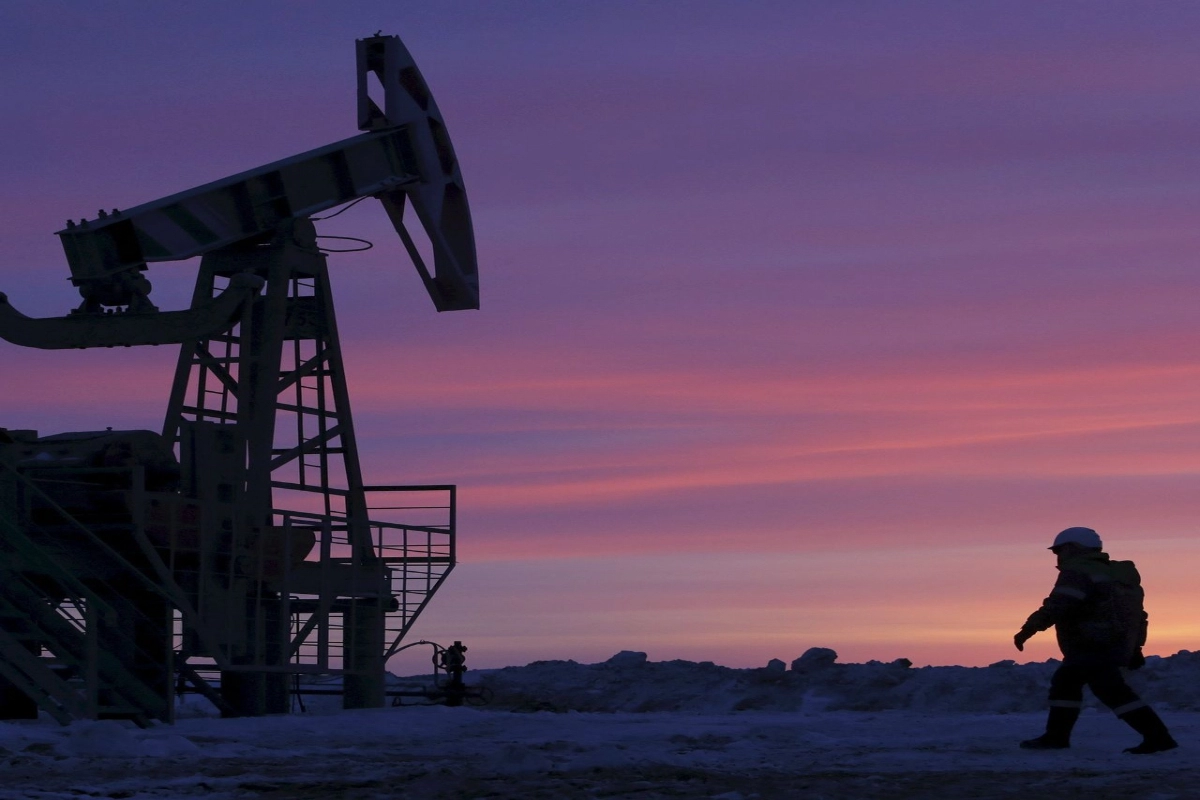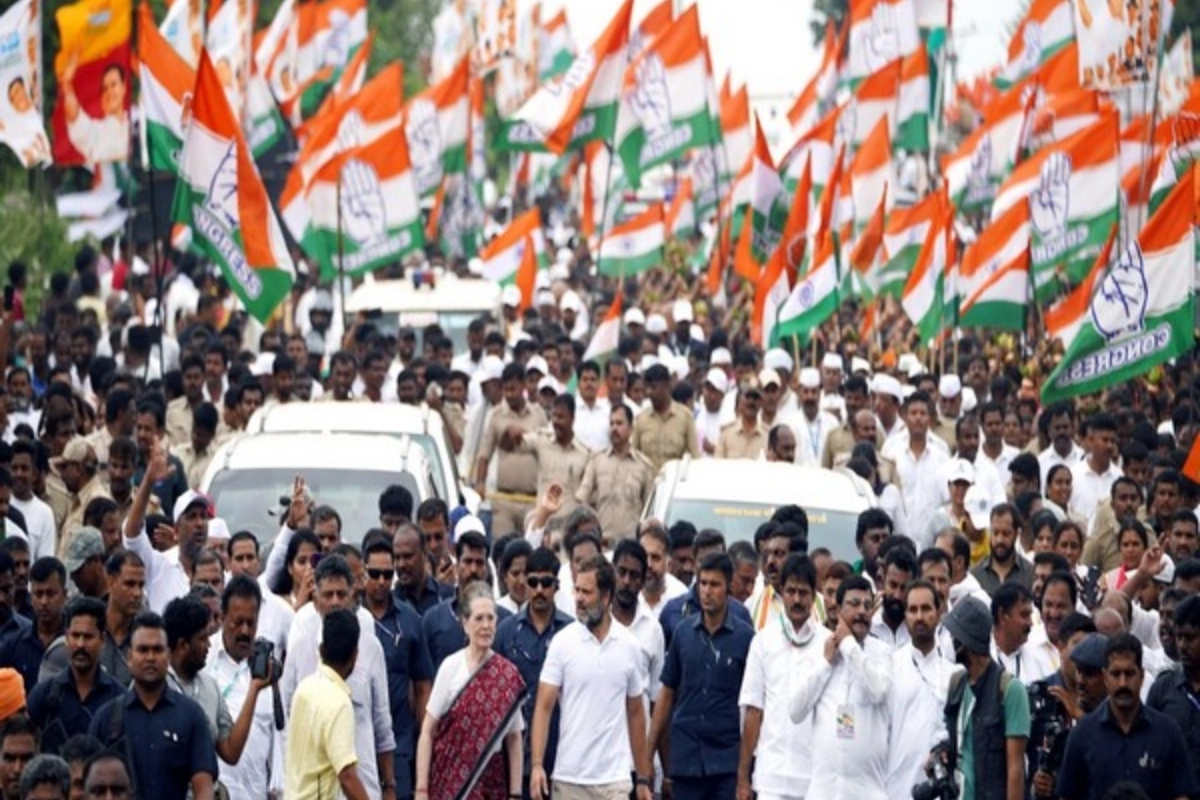Russian oil: Depriving Russia from the key sources of revenues for its war with Ukraine – the US and its allies trying to put a cap on the international markets and prevent price spikes. The United States and its allies will soon announce a price cap on the Russian oil export that is intended to put a deterrent on Putin’s ambitious invasion of Ukraine.
The Group of Seven (G7) nations, the European Union and Australia are slated to begin implementing the price cap starting December 5th and the coalition will probably adjust the level a few times a year and not monthly. Will it have any serious impact on Russia?
This cap aims to keep oil flowing to international markets and prevent price spikes while depriving Moscow from a key source of revenues for its war machine.
Price cap consensus yet to be reached
The European Union is negotiating with its members to arrive at a consensus price level that suits EU common interests. Once the EU’s procedure is complete, the broader coalition will take action to apply the cap.
Notably, European Union governments failed to reach a deal on Wednesday at what level to cap prices for Russian sea-borne oil under the Group of Seven nations (G7) scheme and will resume talks on Thursday evening or on Friday, to arrive at a consensus.
Earlier on Thursday representatives of the EU’s 27 governments met in Brussels to discuss a G7 proposal to set the price cap in the range of $65-$70 per barrel, but the level proved too low for some and too high for others. The price cap may however allow Russia to make a profit while preventing them from receiving additional revenue via price inflation.
Meanwhile, oil prices globally fell more than 3% on Wednesday, continuing a streak of unpredictable trading, as the Group of Seven (G7) nations considered a price cap on Russian oil above the current market level and as gasoline inventories in the United States built by more than analysts expected.
Price cap would have very little impact on Russian coffers
Global analysts, especially from the G-7 countries, should deliberate on the immediate impact of the oil cap on Russia and with certain relevant factors, it does not appear to make any serious dent in Russian coffers.
The Group of Seven (G7) nations’ proposed price cap of $65-$70 a barrel on Russian oil would have little or no immediate impact on Moscow’s revenues, as it is broadly what the Asian buyers are already paying. The objective of the price cap is to deprive Moscow from the revenue outflow to fund their military offensive in Ukraine, without causing major disruption to global oil markets that may drive energy prices higher.
Oil and gas exports are expected to account for 42% of Russia’s revenues this year at 11.7 trillion Rubles ($196 billion), up from 36% or 9.1 trillion Rubles ($152 billion) in 2021.
The G7, including the United States, as well as the whole of the European Union and Australia, are planning to implement the price cap on sea-borne exports of Russian oil from Dec. 5.
India is a major factor in nullifying the negative effects of price-caps
Another important aspect that the proponents of the Price-Cap initiative should always bear is that India has emerged as the second-largest single buyer of Russian oil since the conflict began in February. Indian refiners have displaced those refineries in various countries that have imposed sanctions on Russian crude imports or have steered clear of Russian crude to avoid negative publicity.
Also Read: Jerusalem: Over 15 injured as twin bombs jolt city’s bus terminals
Besides, some Indian refiners are paying the equivalent of a discount of around $25 to $35 a barrel to international benchmark Brent crude for Russian Urals crude. Urals is Russia’s main export crude.
With Brent trading at around $85 a barrel on Wednesday, that would imply a price of $50-$60 a barrel of Urals, which is well below the cap. It also means that Russia would not resort to bullying countries – threatening to stop supplying buyers that adhered to the price cap – because the market is below that cap anyway.
Also Read: Meerut: 2 held for tricking people with phoney Army job offers
Price cap will be FOB – importers have to pay shipping and insurance additionally
It is also significant to note that price-cap as per US Treasury will be Free on Board (FOB) and importing countries would have to bear shipping and insurance costs additionally.
Indian refiners are typically paying for crude to them. That price includes insurance and freight.
Even for delivered Urals crude, India is paying $15-$20 a barrel below Brent. That means even the delivered cargoes are about the same level as the price cap.
Keep watching our YouTube Channel ‘DNP INDIA’. Also, please subscribe and follow us on FACEBOOK, INSTAGRAM, and TWITTER












